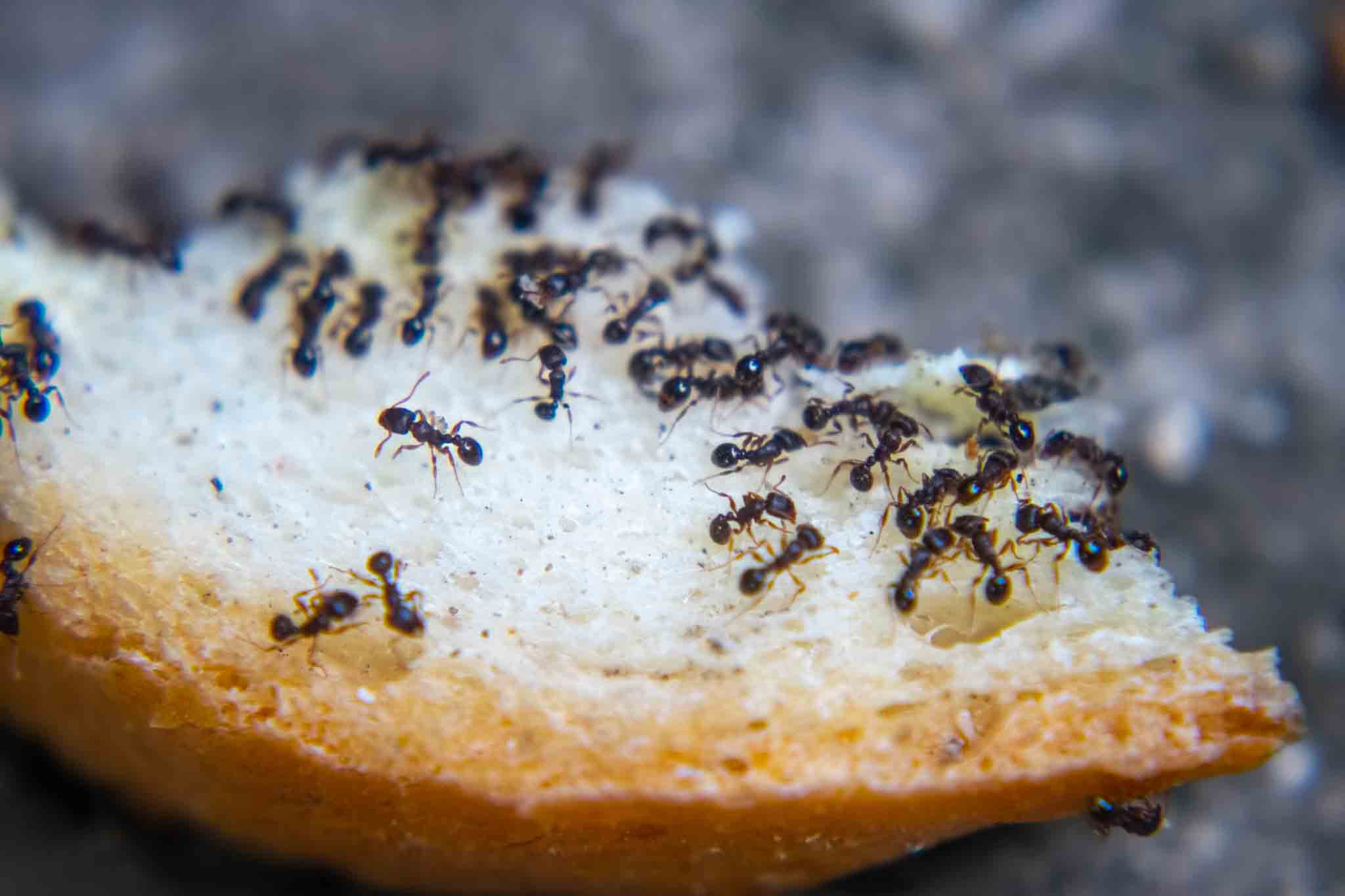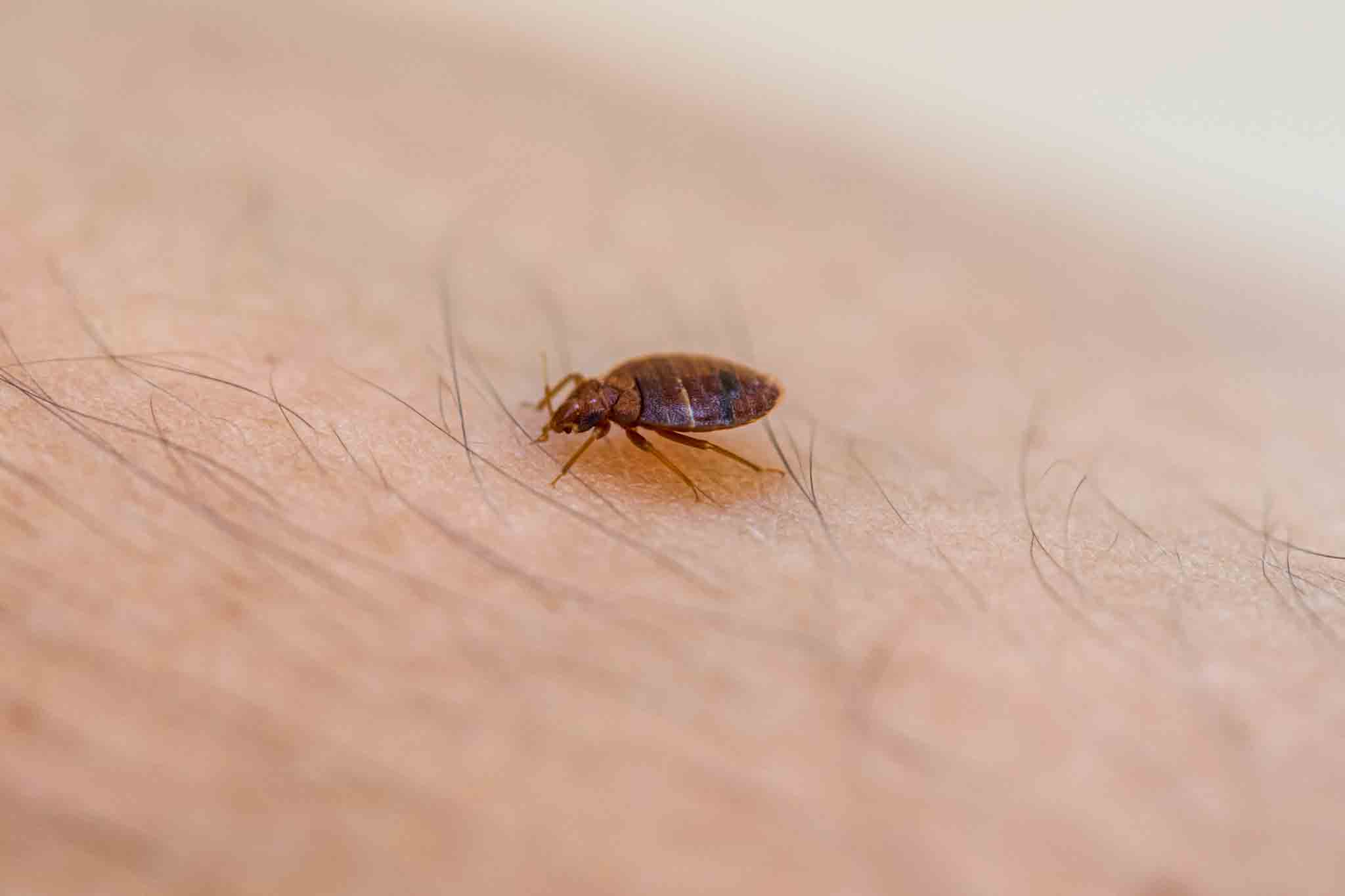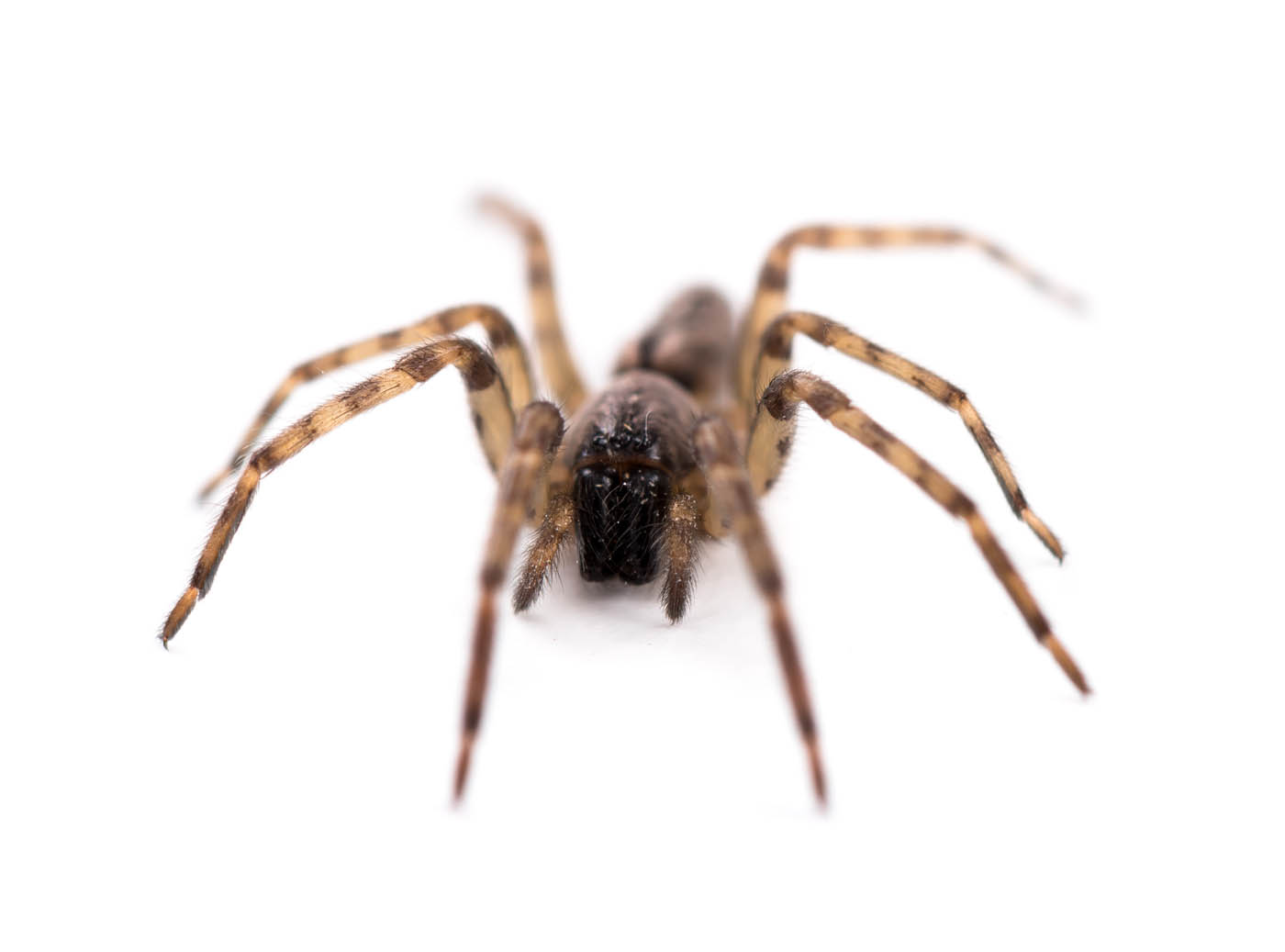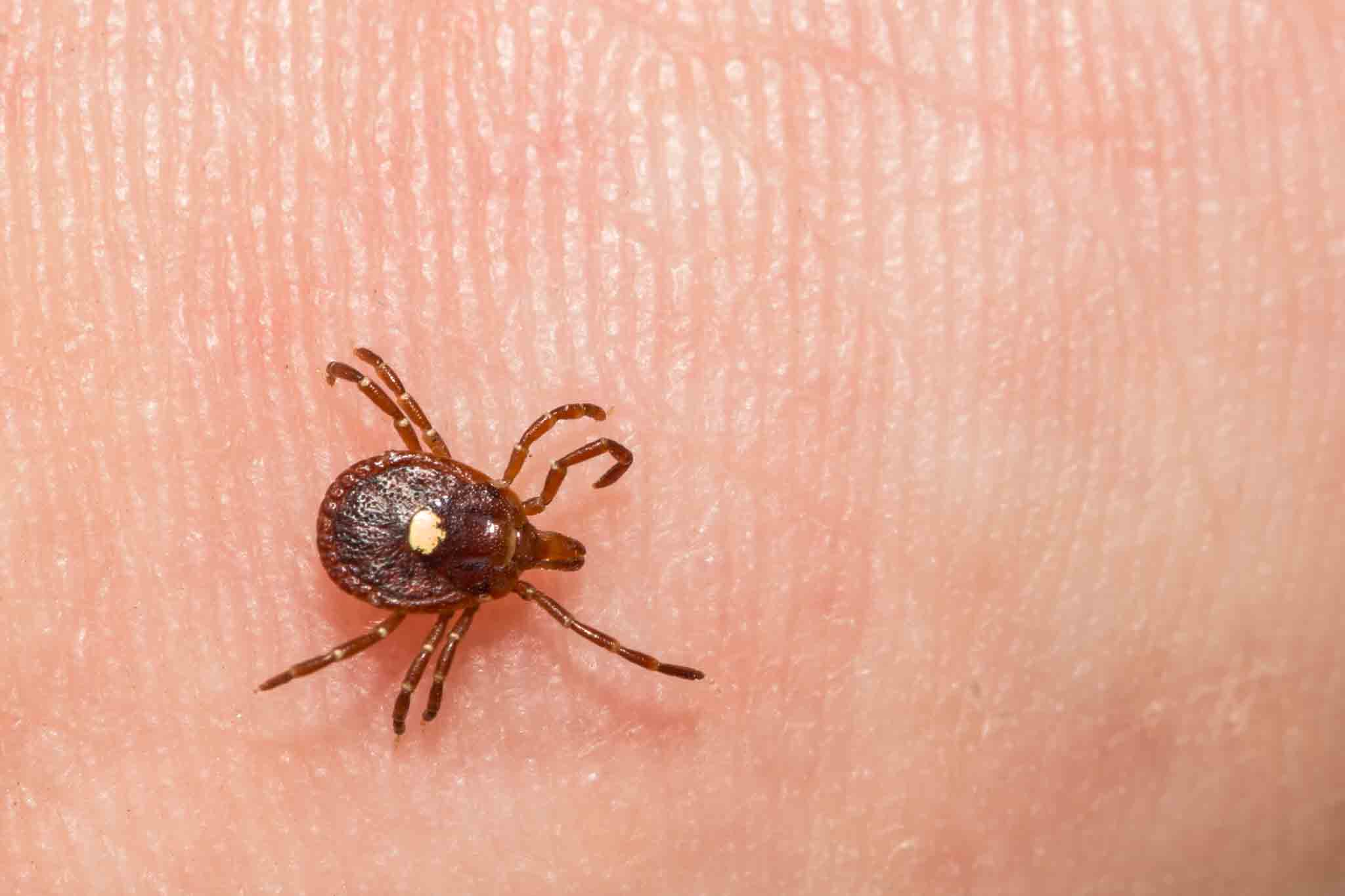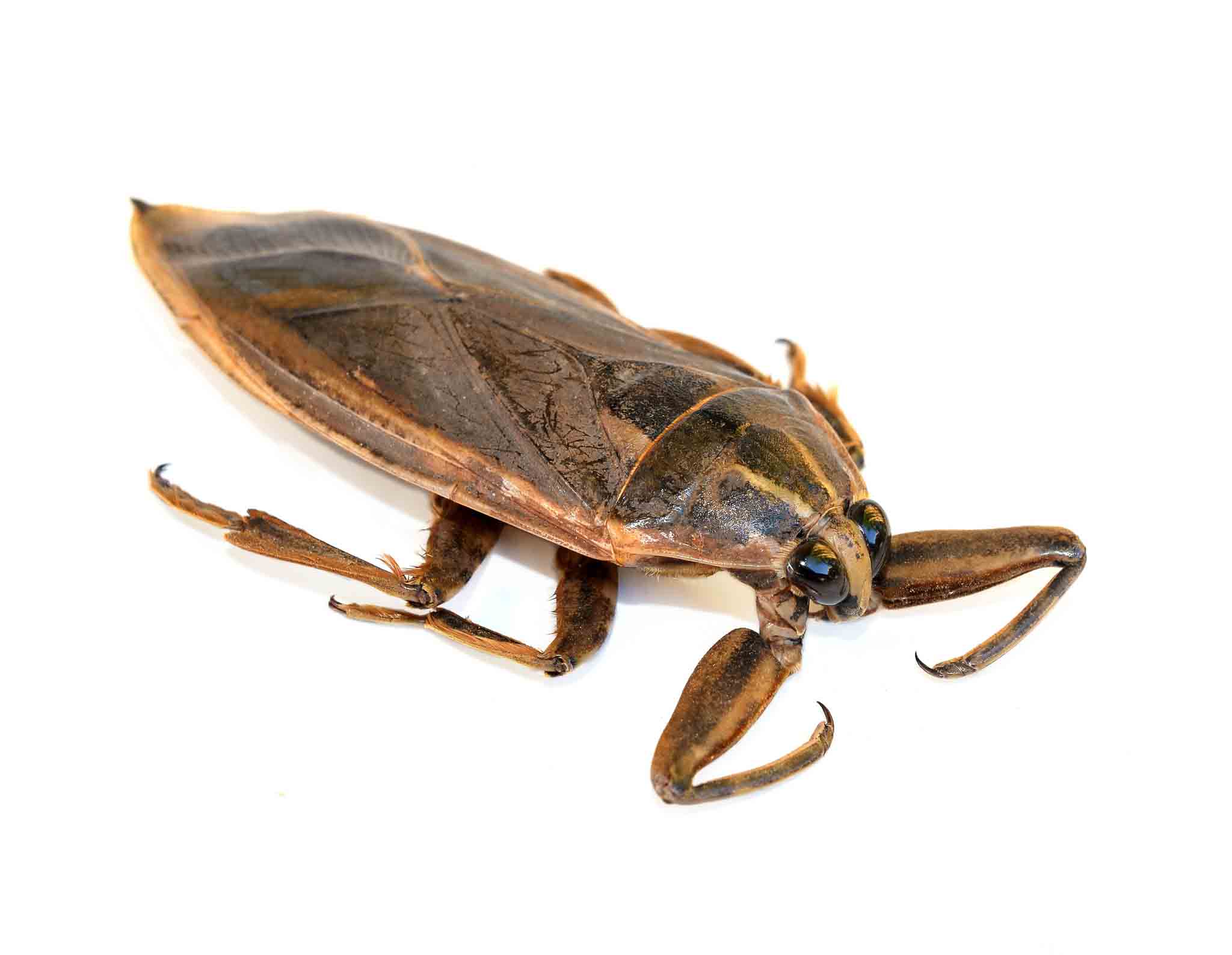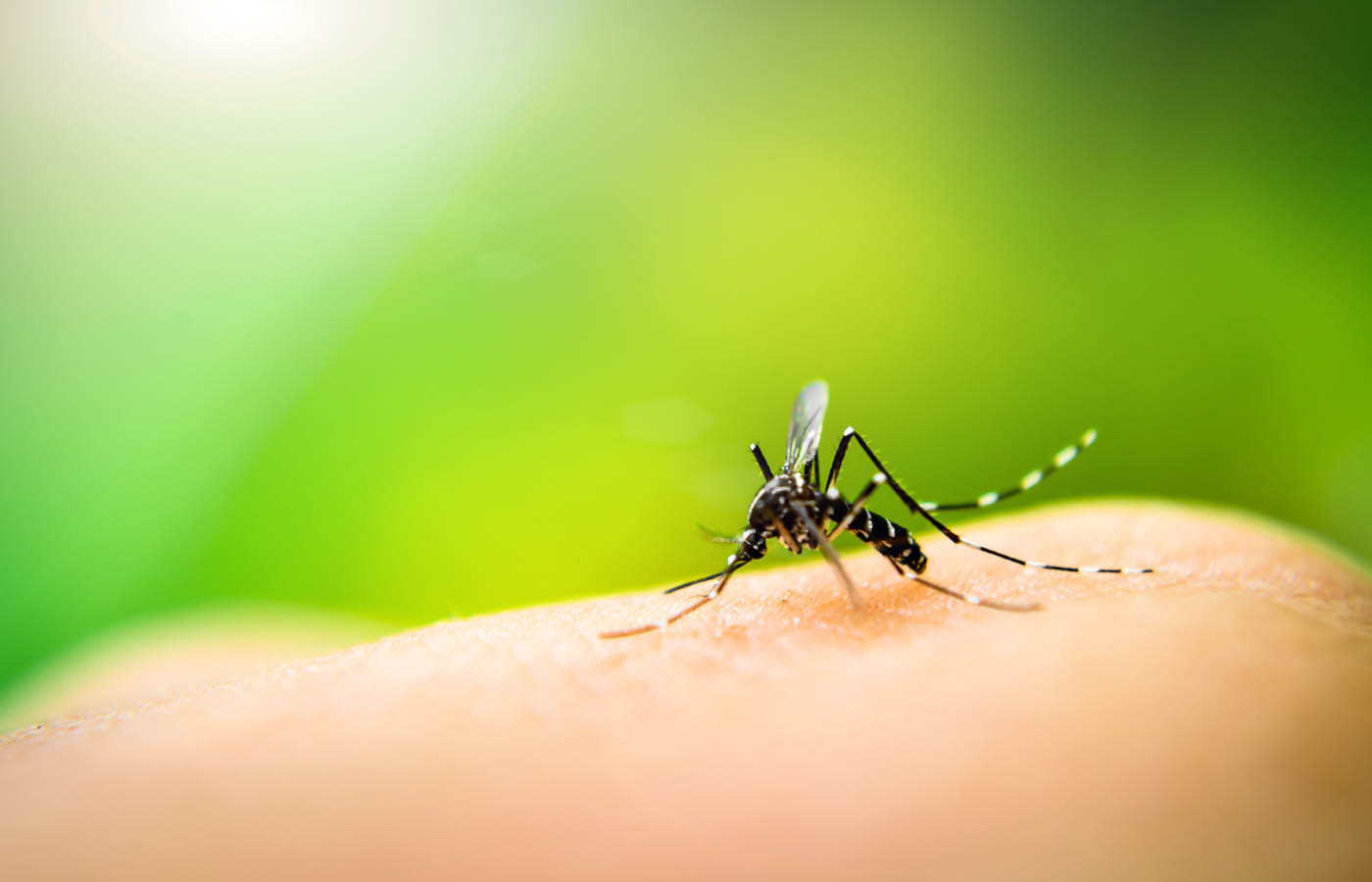How to Identify Pests and Their Nests Sep. 13th 2012
How to Identify Pests and Their Nests Pest experts know at a glance what type of insect a particular bug is. But for the untrained, it's sometimes difficult to tell the difference between them.
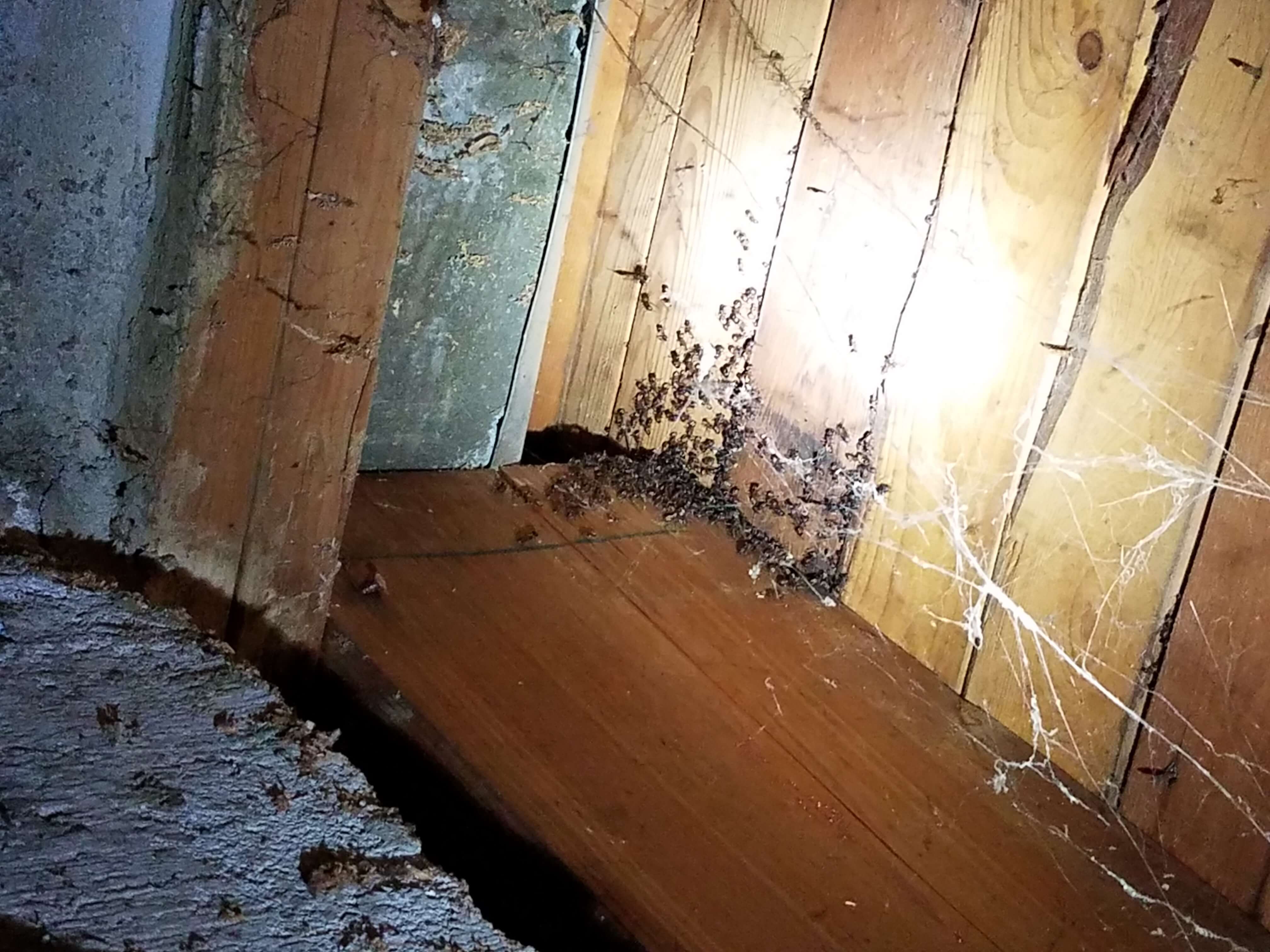
How to Identify Pests and Their Nests
Pest experts know at a glance what type of insect a particular bug is. But for the untrained, it's sometimes difficult to tell the difference between them.
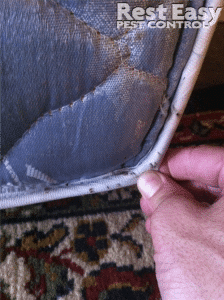 Bed Bug Fecal Stains on Mattress (Rest Easy Pest Control)
You might think you have one problem, when in fact it's something else. It's vital to be able to identify the pests, and the nest to get rid of the problem. Below is a brief description of the physical characteristics and nesting habits of three of the most common, and troublesome household pests.
Bed Bug Fecal Stains on Mattress (Rest Easy Pest Control)
You might think you have one problem, when in fact it's something else. It's vital to be able to identify the pests, and the nest to get rid of the problem. Below is a brief description of the physical characteristics and nesting habits of three of the most common, and troublesome household pests.
Ants Identification
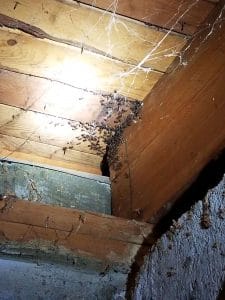 Carpenter Ants Infestation (Photo Credit: Rest Easy Pest Control)
Ants form colonies that consist mostly of sterile wingless female workers and soldiers, but they also contain fertile male drones and one or more fertile female queens. Ants are distinguished by their two angled antennae and their slender waist.
Most queens and a few drones also have wings, but the queens lose their wings after mating. During their breeding period, the female queens and winged male drones leave the colony in what is known as a nuptial flight.
The males secrete a pheromone that attracts the females, who can mate with just one or multiple males, depending on the species. The mated females then seek a nesting place to begin a new colony�and that place could be in your home!
This is more of a threat than many people realize. Ants can cause serious structural damage to your home as they burrow through the wood to make their nests.
Carpenter Ants Infestation (Photo Credit: Rest Easy Pest Control)
Ants form colonies that consist mostly of sterile wingless female workers and soldiers, but they also contain fertile male drones and one or more fertile female queens. Ants are distinguished by their two angled antennae and their slender waist.
Most queens and a few drones also have wings, but the queens lose their wings after mating. During their breeding period, the female queens and winged male drones leave the colony in what is known as a nuptial flight.
The males secrete a pheromone that attracts the females, who can mate with just one or multiple males, depending on the species. The mated females then seek a nesting place to begin a new colony�and that place could be in your home!
This is more of a threat than many people realize. Ants can cause serious structural damage to your home as they burrow through the wood to make their nests.
Termites Identification
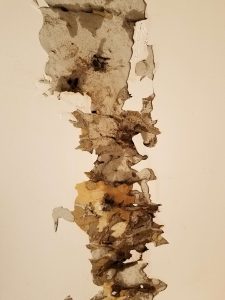 Termites Infestation (Photo Credit: Rest Easy Pest Control)
Often mistaken for ants, but unlike ants, termites don't appear to have a waist. They can also curve and straighten their antennae, while ants can't.
Another difference is that baby termites look like small termites, whereas baby ants look like grubs. Reproductive termites have wings which are almost equal in length and lie flat across the termite's back when it's not flying.
Termites build elaborate nests around wood�live or dead trees, old stumps, and timber, including the timber in homes. The termites like to stay out of sight as long as possible, remaining "underground," so they often remain undetected until substantial damage has been done. Don't let their small size fool you, termites can cause an enormous amount of damage.
Termites Infestation (Photo Credit: Rest Easy Pest Control)
Often mistaken for ants, but unlike ants, termites don't appear to have a waist. They can also curve and straighten their antennae, while ants can't.
Another difference is that baby termites look like small termites, whereas baby ants look like grubs. Reproductive termites have wings which are almost equal in length and lie flat across the termite's back when it's not flying.
Termites build elaborate nests around wood�live or dead trees, old stumps, and timber, including the timber in homes. The termites like to stay out of sight as long as possible, remaining "underground," so they often remain undetected until substantial damage has been done. Don't let their small size fool you, termites can cause an enormous amount of damage.
Bed Bugs Identification
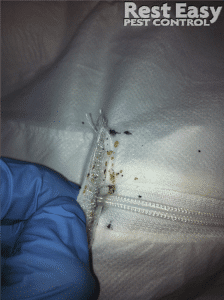 Bed Bug Fecal Matter on a Mattress (Photo Credit: Rest Easy Pest Control)
Mature bed bugs are brownish, flat, and oval-shaped, with a segmented abdomen. They have hind wings, but they lay flat on their body and are poorly developed.
Adult bed bugs typically are 4-5 mm long and 1.5-3 mm wide. Nymphs are translucent and lighter in color. Once female bed bugs mate, they seek the tiniest of cracks and crevices to nest.
They also seek to be near their food source�which is blood, preferably human. Bed bugs can find no better home than the nooks and crannies in bed frames, mattresses, and headboards.
Because of their tendency to nest in the most-well-hidden places, their nests are almost impossible to locate without help from pest experts.
Bed Bug Fecal Matter on a Mattress (Photo Credit: Rest Easy Pest Control)
Mature bed bugs are brownish, flat, and oval-shaped, with a segmented abdomen. They have hind wings, but they lay flat on their body and are poorly developed.
Adult bed bugs typically are 4-5 mm long and 1.5-3 mm wide. Nymphs are translucent and lighter in color. Once female bed bugs mate, they seek the tiniest of cracks and crevices to nest.
They also seek to be near their food source�which is blood, preferably human. Bed bugs can find no better home than the nooks and crannies in bed frames, mattresses, and headboards.
Because of their tendency to nest in the most-well-hidden places, their nests are almost impossible to locate without help from pest experts.
Inspection for Pests
Here are the key places to inspect around your house to avoid attracting pests:#1. Roof
Look for loose shingles or boards, which can allow insects to enter your home. Trim any tree limbs that are overhanging the roof, as these can enable ants, cockroaches, and other insects looking for a place to winter to easily drop onto your roof.#2. Chimney
Inspect the flashing around the base of the chimney; if it would allow insects an entry point, it will need to be tarred. While you're up there, make sure the chimney opening has a screen, which won't do much good to prevent insects but will keep out other pests such as raccoons and birds.#3. Gutters
After most of the leaves have fallen (especially in the fall), clean them out. Mosquitoes and several other types of flies like to lay eggs in gutters that are backed up with water.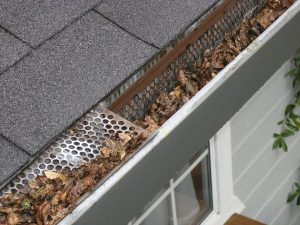
----------------------
After most leaves have fallen, clean them out. Mosquitoes and several other insects like to lay eggs in gutters that are backed up with water.
Rest Easy Pest Control
----------------------
#4. Facia and Soffits
Carpenter ants, wasps, and bees are among the insects attracted to these areas when they aren't painted or are beginning to rot.#5. Siding
Find and repair any cracks or holes. Wasps, hornets, bees, mosquitoes, houseflies, spiders, beetles, and numerous other insects will readily take advantage of these openings to seek out warmth and food in your home.#6. Windows and Doors
Check all your weather stripping and make sure it properly seals. Obviously, repair any holes in screens or the doors or windows themselves. Also look for rotting wood, which could be a sign of carpenter ant or termite damage that's already occurred. At the very least, these insect pests are attracted to rotting wood, so if you're not infested yet, count your blessings and replace the wood as soon as possible.#7. Basement
As with the exterior of the home, make sure there are no openings because most insects will make their way into a basement just as they would into your home. If you have a problem with standing water in your basement, you are offering mosquitoes and other aquatic insects a perfect breeding ground.#8. Attic
Ensure that the screens on the attic vents are not damaged. If you find holes in the screens, go ahead and do an insect inspection of the attic.Specialists Can Do the Job for You
If you don't feel like conducting an insect inspection of your home yourself�or if you're not confident in your ability to find insect pests�call a professional pest control specialist who will thoroughly check your house and yard and exterminate any insect pests that are found.----------------------
If you don't feel like conducting an insect inspection of your home yourself,
call a professional pest control specialist who will thoroughly check your house.
Rest Easy Pest Control
----------------------
Get Rid of Hard to Find Pests
One of the reasons why an insect infestation can occur so quickly is due to their small size. Some bugs, in fact, have taken hiding to an art form. This is why an insect inspection is so vital to the sanctity of your home. Let's take a look at a few of these hard to find insects, and how to get rid of them:Staying Away From The Light
You walk into a darkened room and switch on the light only to catch a glimpse of something scurrying across the floor. More than likely, it was a cockroach. These disgusting critters love to invade our homes, and they often hide in cupboards or under the sink. They attempt to stay hidden and will usually shun the light, which is why they run away from it so quickly. But cockroaches are also easy to find if you have a flashlight that you can shine under the sink, behind appliances, and in other hard to reach areas.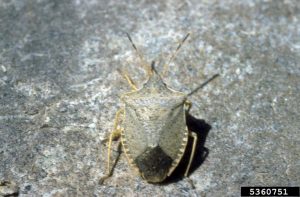 Stink Bug (Photo: Eugene E. Nelson, Bugwood.org)
Stink Bug (Photo: Eugene E. Nelson, Bugwood.org)
Waiting Out The Cold
Stink bugs don't like the cold weather. That's why they will try to get inside your house where it's warm. Once inside, they'll take refuge behind walls, inside cupboards, or anywhere else they can squeeze into if it helps them avoid the cold. Luckily, stink bugs aren't harmful to humans. They don't sting or bite, and they don't carry any diseases. But they do smell bad if you squish one, and can be difficult to find during an insect inspection, but not impossible. Just be careful where you step. Related Articles:
Related Articles:
